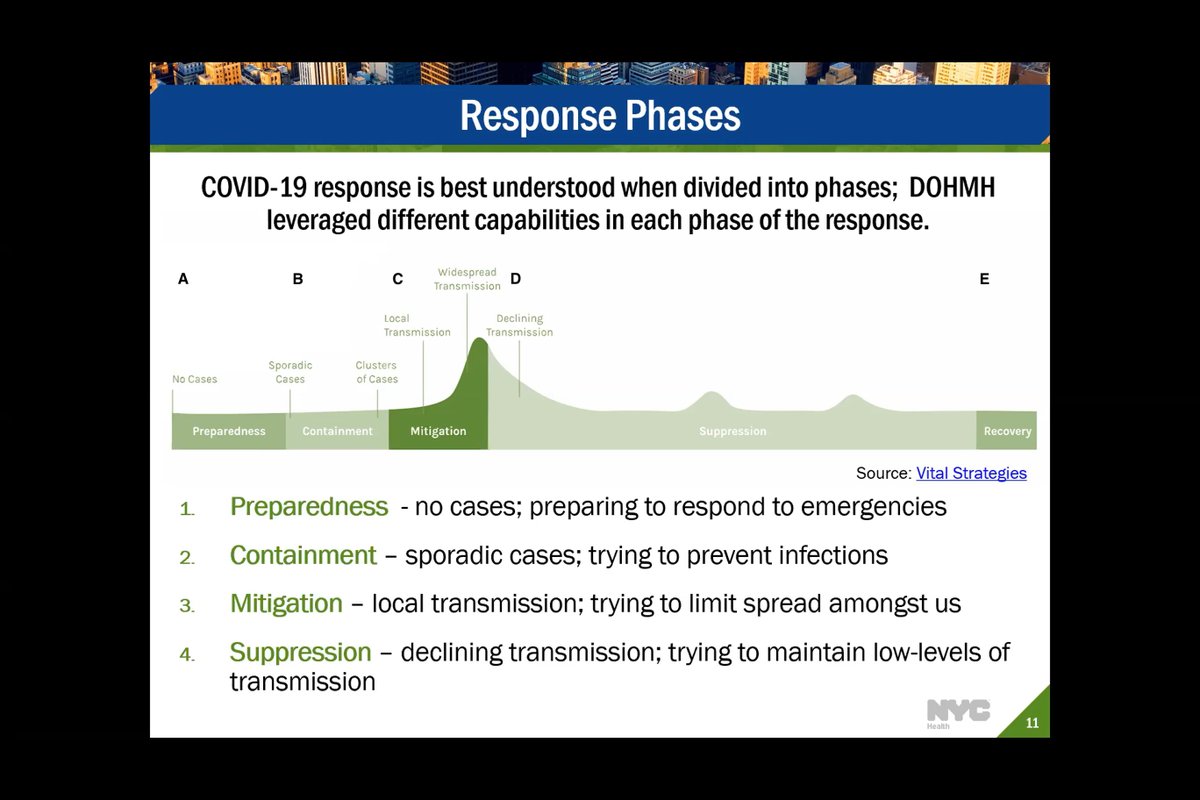
New in @sciencemagazine #SciencePerspective “Managing sources of error during pandemics”. We discuss the emerging challenges we and others have faced in monitoring #COVID19 epidemiology now that the most acute phase of the pandemic is over (1/14)
science.org/doi/10.1126/sc…
science.org/doi/10.1126/sc…
We discuss challenges in monitoring incidence of infections, the changing severity of infections, and the burden of infections including the number of hospitalisations and deaths. All of this information is valuable for risk assessment and consequent decision-making (2/14)
Now that laboratory testing has scaled back, and case reporting practices have changed, surveillance will perhaps move towards an approach similar to that for seasonal influenza. The tools used to track #COVID19 will have to be adapted accordingly (3/14)
Monitoring the effectiveness of #COVID19 vaccines is another important area for methodologic improvements. Now that most individuals have been infected at least once, unvaccinated individuals may no longer be the best reference group for these evaluations (4/14)
Monitoring the speed and degree of waning in protection is particularly important, because it informs recommendations over booster frequency. For example should older adults be recommended to receive vaccinations every 6 months, or every 12 months? (5/14)
We suggest that vaccine effectiveness estimates should be based on time since the last dose, rather than the number of doses received, now that there are so many different possible combinations of doses and vaccine types received (6/14)
Population immunity is a key determinant of epidemic risk, and depends on infection and vaccination histories in a population. One important area for future research is to identify a parsimonious description of population immunity against infection and severe disease … (7/14)
… without having to calibrate mathematical models to years of epidemic time series. More research is therefore needed to determine whether population immunity could be summarised with a few biomarkers, such as neutralising antibody titres or other immune markers (8/14)
Looking back, there is more to learn from the past 3 years so that we can improve the response to future pandemics. One particular area we need to prepare for is the use of non-pharmaceutical measures, and better understanding population responses to these measures (9/14)
Although policy-makers would prefer to implement the least disruptive but most effective measures to control transmission, identifying this optimal set of measures has proved challenging … (10/14)
Jointly analysing the mass of data collected about behaviours, perceptions, public health measures, and epidemic dynamics over the past 3 years across multiple continents could provide important insights on the interplay between behaviours and epidemics (11/14)
In conclusion, decades of research on epidemics have generated a range of surveillance systems, study designs, and methods with which to allow more accurate situational awareness and address common sources of error during epidemic risk assessments (12/14)
These approaches proved critical during the pandemic. Improving this toolbox through the development and deployment of new data collection protocols and methods, must remain a priority to effectively manage #COVID19 as the virus moves to endemicity and … (13/14)
… surveillance approaches change. This will also be important to strengthen preparations for future emerging pathogens. For more details on all of the above, see the full text linked below, authored together with @SCauchemez and @paolo_bosetti (14/14)
science.org/doi/10.1126/sc…
science.org/doi/10.1126/sc…
• • •
Missing some Tweet in this thread? You can try to
force a refresh






